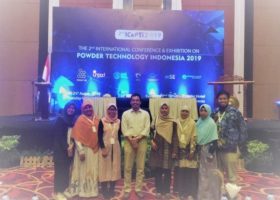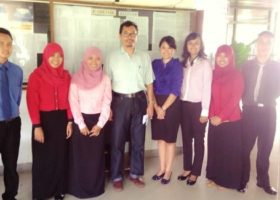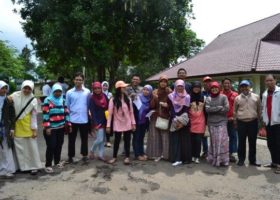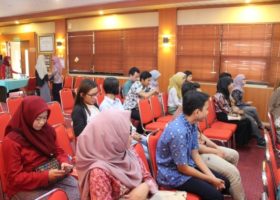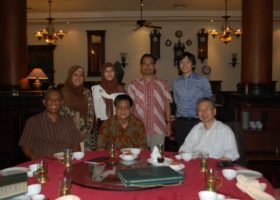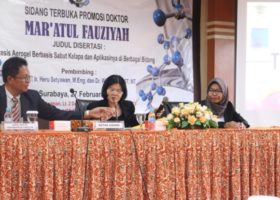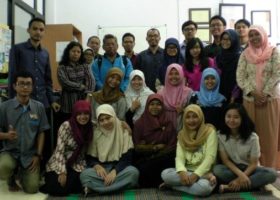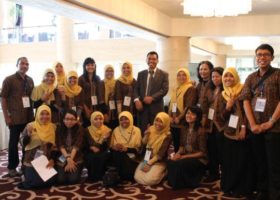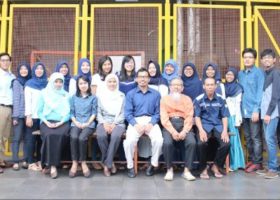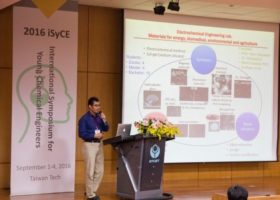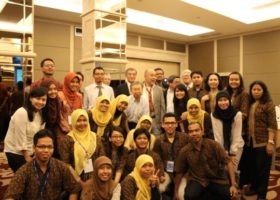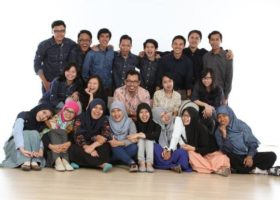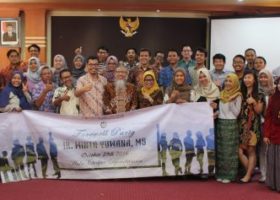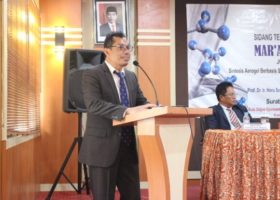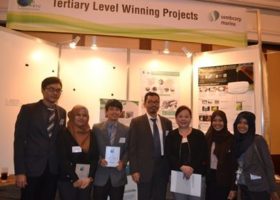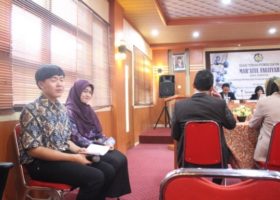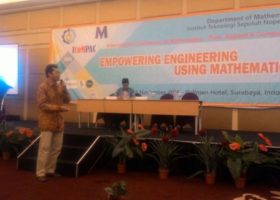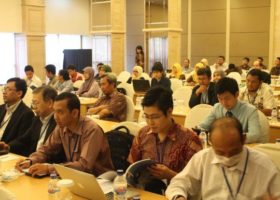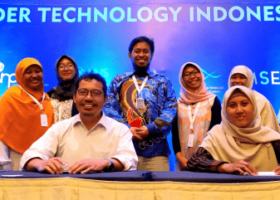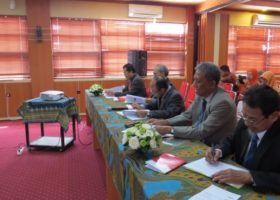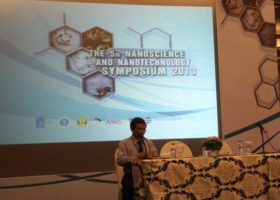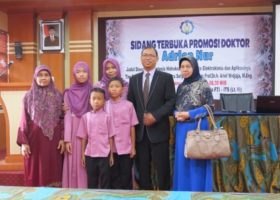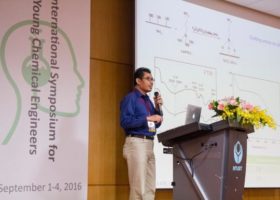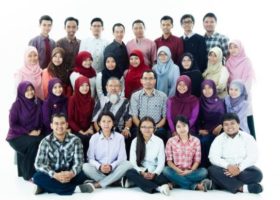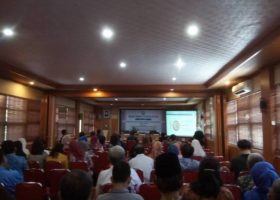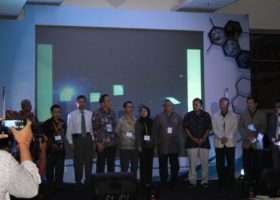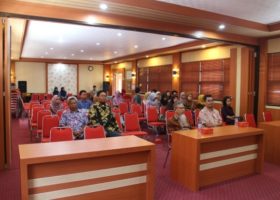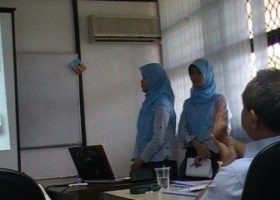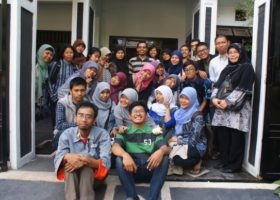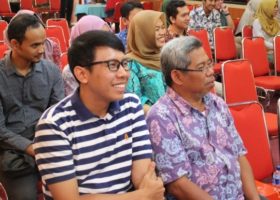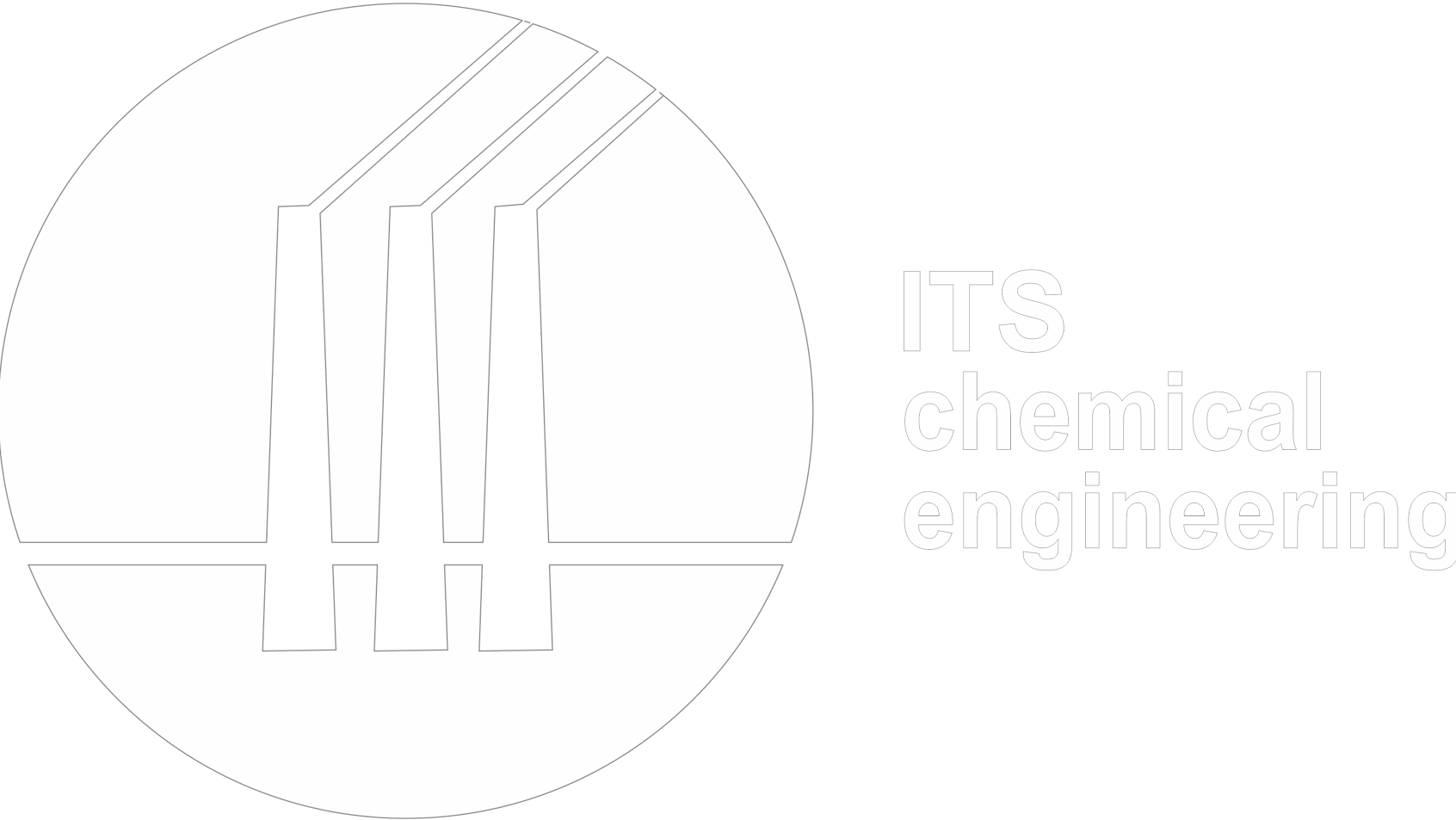PRE FACTORY DESIGN
“LIGNOSELLULOSE FRACSINATION FROM COCONUT COCONUT WITH STEAM EXPLOSION METHOD”
Arranged by :
- Roida Nabila 02211840000003
- Radifan Athallah Rizky 02211840000031
Supervisor :
- Dr. Tantular Nurtono, S.T., M.Eng NIP. 19720520199702 1 001
- Ni Made Intan Putri Suari, S.T., M.T. NIP. 19890106201504 2 002
The progress of the industrial sector today is not only measured by the quantity of production per year. This is due to the emergence of a trend of sustainable progress which is an important aspect for industry players to review the industry and the economy that pays attention to environmental factors ranging from raw material efficiency, waste minimization to the transition to more environmentally friendly products. One of the innovations that is on the rise is product innovation by using waste raw materials that were previously unused but as technology progresses, more and more methods of processing waste appear into more valuable materials.
Lignocellulose in coconut fiber is one of the sources of renewable raw materials. Lignocellulose has a significant role in industry and the economy because in general its content can be widely used. Each production of coco coir will produce 35% coir waste, 12% shell, 28% fruit flesh, and 25% coconut water. The main content of lignocellulose from coconut fiber is cellulose, hemicellulose, and lignin. Indonesia is recorded to produce 19.4 million tons in 2017, which makes Indonesia the number 1 coconut producer in the world.
Various potential consumptions produced by lignocellulosic, one of which is the consumption of bioethanol in Indonesia from 2011 to 2015 amounted to 325,680 tons. Consumption of CMC (Carbonxy Methyl Cellulose) in Indonesia is 32,639 tons. Cellulose is the largest component of lignocellulose which has the potential as a renewable energy substitute for fossil energy, and can be processed into organic acids, solvents, lubricants, and polymers. Hemicellulose products can be processed into derivative products such as xylose. Lignin products can be used for the production of adhesives, sodium lignosulfonate, and biosurfactants because they have high purity, low molecular weight, and easy to recycle organic reagents.
In choosing the location for the establishment of a lignocellulosic plant from coconut husk, based on the availability of raw materials, accessibility and transportation facilities, two alternative locations were found, namely Riau Province, especially in Indragiri Hilir Regency and East Java Province, especially in Gresik Regency.
The selected process for lignocellulosic fractionation from coconut fiber is the steam explosion process and the delignification process using 17.5% NaOH. In the first stage, coconut coir from the raw material warehouse (F-111) is transported to the grinding process using a Hammer Mill (F-113) using a Screw Conveyor (J-112) for the first size reduction process so that the size of the raw materials becomes smaller and uniform. . In this process, it is expected that the size of the coconut coir will be from 5-6 cm to 0.25 mm. The small coconut husks will be accommodated in the Storage Warehouse (F-114).
The main stage begins with the coconut husk from the Storage Warehouse (F-114) being transported to the Steam Explosion Reactor (R-210) using a Screw Conveyor (J-115). Coconut coir enters the Steam Explosion Reactor (R-210) at room temperature of 30oC and a pressure of 1.013 bar, then steam is added so that the operating conditions of the Steam Explosion Reactor (R-210) have a temperature of 213oC with a pressure of 20 bar. Then there will be a process of breaking down microfibrils from lignocellulose so that they become hemicellulose, cellulose, and lignin which are still in one unit. The ‘explode’ process starts when the pressure in the reactor is high enough then when Valve (K-211) is open there will be a pressure difference between inside the reactor and outside (atmosphere). Then the lignocellulosic and steam will experience a sudden explosion as the pressure drops from 20 bar to 1.013 bar. Simultaneously with the explosion, the lignocellulose and steam will descend into the Blow Tank (T-212) which has an open channel (direct contact with the atmosphere) where the steam will exit after the explosion process. After that, the wet solid lignocellulose from the blow tank will enter the Rotary Cooler (E-214) for the process of decreasing the temperature from 100oC to 30oC room temperature. Furthermore, the lignocellulose will enter the Filter Press (H-218 & H-219) and the process of separating the Lignin Cellulose with a wet solid phase from Hemicellulose with water with a liquid phase from lignocellulose. After that the flow of Cellulose Lignin will go to the delignification process by the Screw Conveyor (J-311 & J-321). Meanwhile, all the Hemicellulose flows will be transferred to the Storage Tank (ST-221) for the next separation process
The delignification process uses an organic solvent, namely 17.5% NaOH in the Delignification Tank (R-310 & R-320). In this process, wet solid cellulose lignin from Screw Conveyor (J-311 & J-321) is flowed to the Delignification Tank (R-310) with operating conditions of pressure 1 bar at 30oC along with the entry of saturated steam at 121oC for 30 minutes. Furthermore, the lignocellulose was contacted with 17.5% NaOH at a temperature of 30oC from the Mixer Tank (M-312) where this organic solvent could dissolve lignin (lignin isolation) but could not dissolve cellulose. The next process is to wash it in the Washing Tank (W-315) which aims to wash the cellulose to become a white slurry and separate the lignin and Na-lignate components.
The stages of the separation process on hemicellulose flow from the Storage Tank (ST-221) with a temperature of 60oC are flowed to the Evaporator (V-220) through the Positive Displacement Pump (P-222). The purpose of the evaporation process is to concentrate the hemicellulose solution to 85%, then it is flowed to the crystallization process in the Crystallizer (D-229) for the water reduction process to produce solid hemicellulose 6091.18 tons/year. In cellulose, the flow is flowed to a Centrifuge (H-316) as a centrifugation process for separating cellulose from lignin NaOH in the solid phase of 11,220 tons/year. Then on the lignin, the flow from the Centrifuge (H-316) will first enter the Storage Tank (ST-317) as a temporary shelter which will then enter the Precipitation Tank (M-330) by adding 98% H2SO4 at a temperature of 30oC. The precipitation reaction will precipitate lignin (solid) by neutralizing NaOH to become Na2SO4 solution. Next, drain the mixture from the precipitation process to the Filter Press (H-332). At the Filter Press there will be a process of separating the liquid phase Na2SO4 water solution with the wet solid phase lignin of 10334.622 tons/year.
Based on the mass balance calculation, to meet the factory capacity, lignocellulosic raw materials from coconut fiber are needed as much as 33,000 tons/year or 5,000 kg/hour. The production process is also supported by process utilities, including the need for water used for sanitation and process water, electricity as a source of energy. drive process equipment and lighting.
This Lignocellulosic Fractionation Plant from Coconut Coir with the Steam Explosion Method is a company incorporated as a Limited Liability Company (PT) with a line and staff organization system. To be able to build a factory with a raw material capacity of 33,000 tons/year, a total investment capital of Rp. 869,076,353,359; total production cost Rp. 420,281,439,160 with an estimated annual sales of Rp. 1,004,409,780,000 With an estimated age of 20 years, it can be seen that the Internal Rate of Return (IRR) is 21%, Pay Out Time (POT) is 3.5 years and the Breakeven Point (BEP) is 18.51%.
